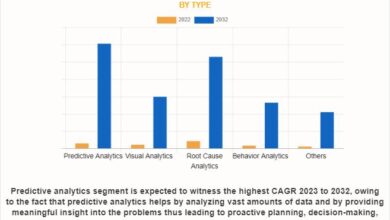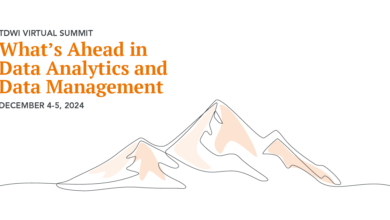Chronos: The Rise of Foundation Models for Time Series Forecasting

This post was co-authored with Rafael Guedes.
Time series forecasting has been evolving towards foundation models due to their success in other artificial intelligence (AI) areas. Particularly, we have been witnessing the success of such approaches in natural language processing (NLP). The cadence of the development of foundational models has been accelerating over time. A new, more powerful Large Language Model (LLM) is released every month. This is not restricted to NLP. We see a similar growing pattern in computer vision as well. Segmentation models like Meta’s Segment Anything Model (SAM) [1] can identify and accurately segment objects in unseen images. Multimodal models such as LLaVa [2] or Qwen-VL [3] can handle text and images to answer any user question. The common characteristic between these models is that they can perform accurate zero-shot inference, meaning that they do not need to be trained in your data to have an excellent performance.
Defining what a foundational model is and what makes it different from traditional approaches is probably beneficial at this point. First, a foundational model is large-scale (namely its training), which provides a broad understanding of the main patterns and important nuances we can find in the data. Secondly, it is general-purpose, i.e., the foundational model can perform various tasks without requiring task-specific training. Even though they don’t need task-specific training, they can be fine-tuned (also known as transfer learning). They are adaptable with relatively small datasets to perform better at that specific task.
Why is applying it to time series forecasting so tempting based on the above? Foremost, we design foundational models in NLP to understand and generate text sequences. Luckily, time series data are also sequential. The previous point also aligns with the fact that both problems require the model to automatically extract and learn relevant features from the sequence of the data (temporal dynamics in time series data). Additionally, the general-purpose nature of foundational models means we can adapt them to different forecasting tasks. This flexibility allows for applying a single, powerful model across various domains and…



